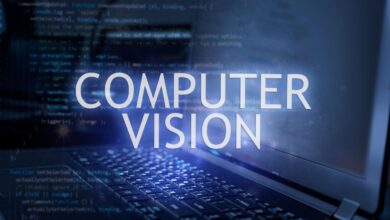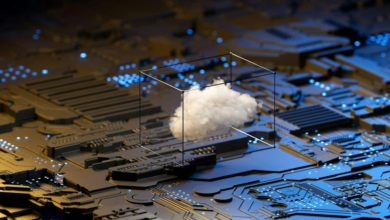Organizations are investing in advanced cybersecurity solutions to protect their data from malicious attacks, says Dr. Niranjan Reddy, VP & CISO at kipi.bi

Operational technology security is used to protect and control critical infrastructure such as power stations, transportation networks, manufacturing units, and smart city appliances.
This is an exclusive article series conducted by the Editor Team of CIO News with Dr. Niranjan Reddy, VP & CISO at kipi.bi.
As an Information Security (Infosec) leader, my professional journey has been both challenging and rewarding. I started my career as a networking/system administrator, honing my networking skills and learning about various technologies, and gradually started moving into systems and information security. As I gained experience, I focused on and specialised in information security and cybersecurity. I transitioned into roles that involved leading teams, mentoring, managing projects, and making strategic decisions about technological adoptions, with security being an integral part of it. Security by Design.
Throughout my career, I have worked with diverse teams in various industries, including BFSI, manufacturing ITES, healthcare, and e-commerce. This has given me a broad perspective on implementing robust cybersecurity solutions and controls to secure business and corporate infrastructure.
I have also pursued continuous learning by staying updated on the latest technological trends in cybersecurity and obtaining relevant certifications. This has helped me stay ahead in an ever-evolving industry and make informed decisions about the ever-growing technology solutions for my organization.
As an Infosec leader, I believe in fostering a culture of innovation, collaboration, and continuous improvement within my team. I strive to inspire and empower team members to think creatively, take risks, and push the boundaries of what is possible with technology. Embrace, evolve, and excel is the secret mantra I use to motivate my team members.
Overall, my journey as an Infosec leader has been marked by growth, challenges, achievements, and, most importantly, the opportunity to make a positive impact through a strategic mindset.
“The trends of the latest technologies”
The latest technologies are alarmingly evolving and shaping the future and the way we live, work, and communicate.
Top trends in technology that are rapidly evolving:
- Artificial Intelligence (AI): AI is revolutionizing industries such as healthcare, finance, and transportation by automating processes, enabling personalized recommendations, and improving efficiency.
- Internet of Things (IoT): IoT devices are connecting everything from home appliances to cars to create smart ecosystems that can communicate and interact with each other.
- 5G networks: 5G technology promises faster speeds, lower latency, and more reliable connections, opening up new possibilities for virtual reality, autonomous vehicles, and IoT applications.
- Augmented Reality (AR) and Virtual Reality (VR): AR and VR technologies are transforming entertainment, training programs, marketing campaigns, and customer experiences by immersing users in digitally enhanced environments.
- Blockchain: This technology is revolutionizing industries such as finance with secure transactions and immutable record-keeping through decentralized systems.
- Edge computing: Edge computing brings processing power closer to where data is generated, reducing latency and boosting performance for real-time applications like video streaming or autonomous vehicles.
- Cybersecurity: As cyber threats continue to evolve, organizations are investing in advanced cybersecurity solutions to protect their data from malicious attacks.
- Quantum computing: Quantum computing has the potential to solve complex problems exponentially faster than traditional computers by harnessing quantum mechanics principles.
- Fileless malware: A malicious code that works directly within a computer’s memory (RAM) instead of the hard drive. It uses legitimate, otherwise benevolent programs to compromise your computer instead of malicious files.
- Operational Technology (OT) Security: This is used to protect industrial systems and networks from cyber-attacks. Operational technology security is used to protect and control critical infrastructure such as power stations, transportation networks, manufacturing units, and smart city appliances.
Overall, these trends in technology are shaping the future of innovation across various industries, showing no signs of slowing down anytime soon, and will keep evolving.
Also read: Unveiling the Ethical Imperatives: Navigating the Intersection of AI and Cybersecurity
Do Follow: CIO News LinkedIn Account | CIO News Facebook | CIO News Youtube | CIO News Twitter
About us:
CIO News is the premier platform dedicated to delivering the latest news, updates, and insights from the CIO industry. As a trusted source in the technology and IT sector, we provide a comprehensive resource for executives and professionals seeking to stay informed and ahead of the curve. With a focus on cutting-edge developments and trends, CIO News serves as your go-to destination for staying abreast of the rapidly evolving landscape of technology and IT. Founded in June 2020, CIO News has rapidly evolved with ambitious growth plans to expand globally, targeting markets in the Middle East & Africa, ASEAN, USA, and the UK.
CIO News is a proprietary of Mercadeo Multiventures Pvt Ltd.



